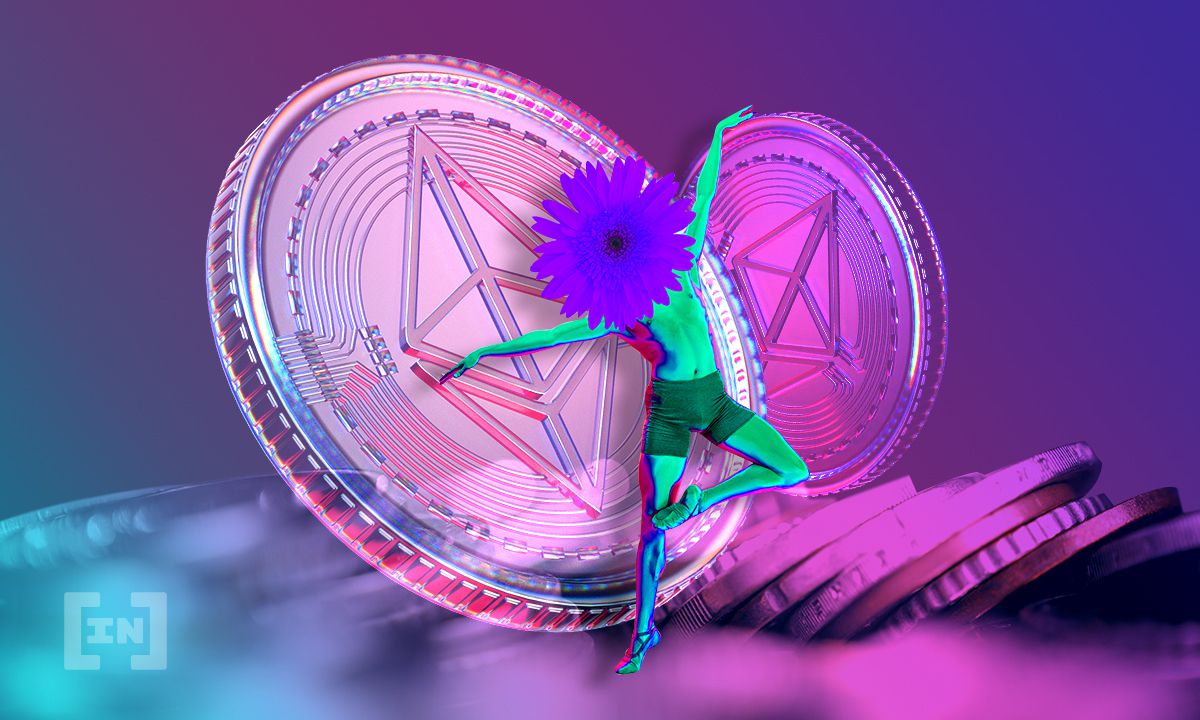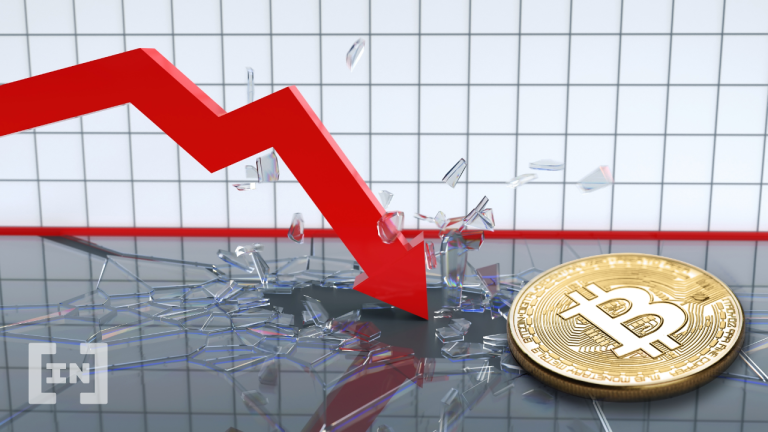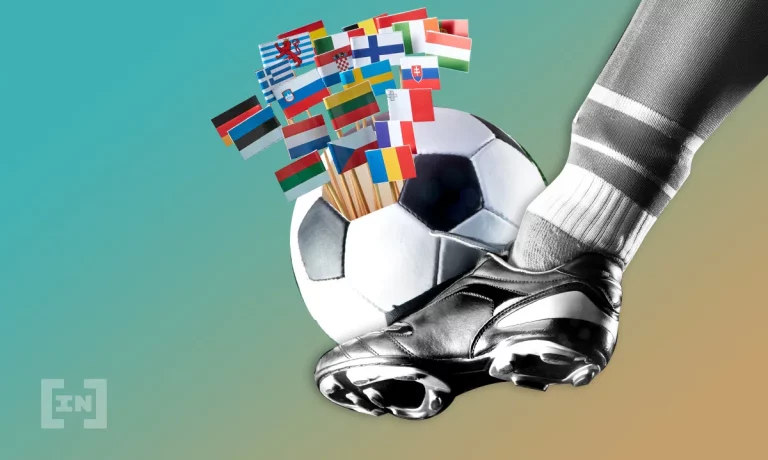The Ethereum team reached another milestone on the way to the Ethereum merge. On August 11, 2022, the merger of ETH 1.0 and ETH 2.0 Chain was successfully completed at the Goeri Testnet performed. This is the last test before the actual merge, which is scheduled to take place in September 2022.
This year there have already been several successful merges on different testnets. In the case of Merge is one of the most significant developments in crypto historysince the consensus mechanism of the second largest cryptocurrency is based on Proof-of-stake will be converted.
The Ethereum price reacted positively to the news and rose by about 12% in the last 24 hours. ETH was one of the best performing cryptocurrencies this week and could enter the increased by 16.6% in the last 7 days. Currently, the Ethereum price is almost $ 1,900.
No worries about another fork
Ethereum co-founder Vitalik Buterin recently participated in two developer events in Seoul, talking about the future of cryptocurrency. One of the topics the crypto developer talked about was the potential impact of the merge on ETH miners. Buterin also explained that the merge will probably go relatively smoothly, as the majority of the community supports the merge.
Furthermore sagte Buterin that he does not expect the network to fork by another “will be significantly threatened”.
Ethereum Merge Could Drive Institutional Demand
Many might underestimate your influence of merge. In addition, according to Vitalik Buterin, many other significant developments will follow after the merger.
After the merger, more institutional investors may also invest in Ethereum. Bloomberg Intelligence explained in a recent article that a successful merger will lead to institutional investors being able to buy ETH at an accelerated rate.
A DeFi-Researchhowever, r does not believe that Ethereum fees will decrease after the merge. Vivek Raman argues that the fees are a function of blockspace demand and that the switch to proof-of-stake will have no effect on it.
Disclaimer
All information contained on our website is researched to the best of our knowledge and belief. The journalistic articles are for general information purposes only. Any action taken by the reader on the basis of the information found on our website is done exclusively at his own risk.





